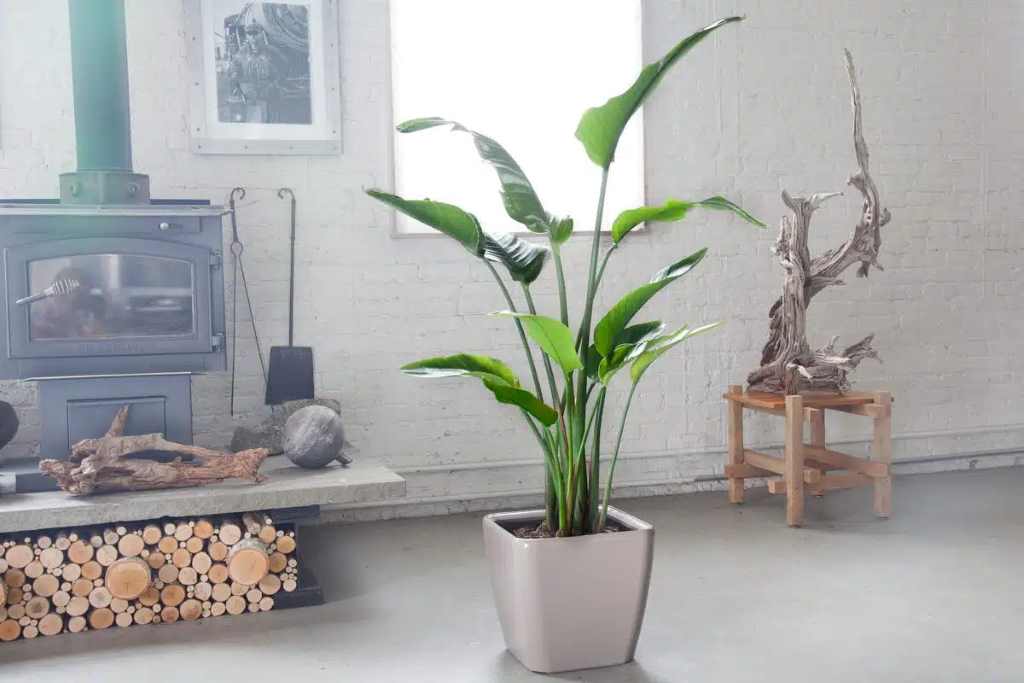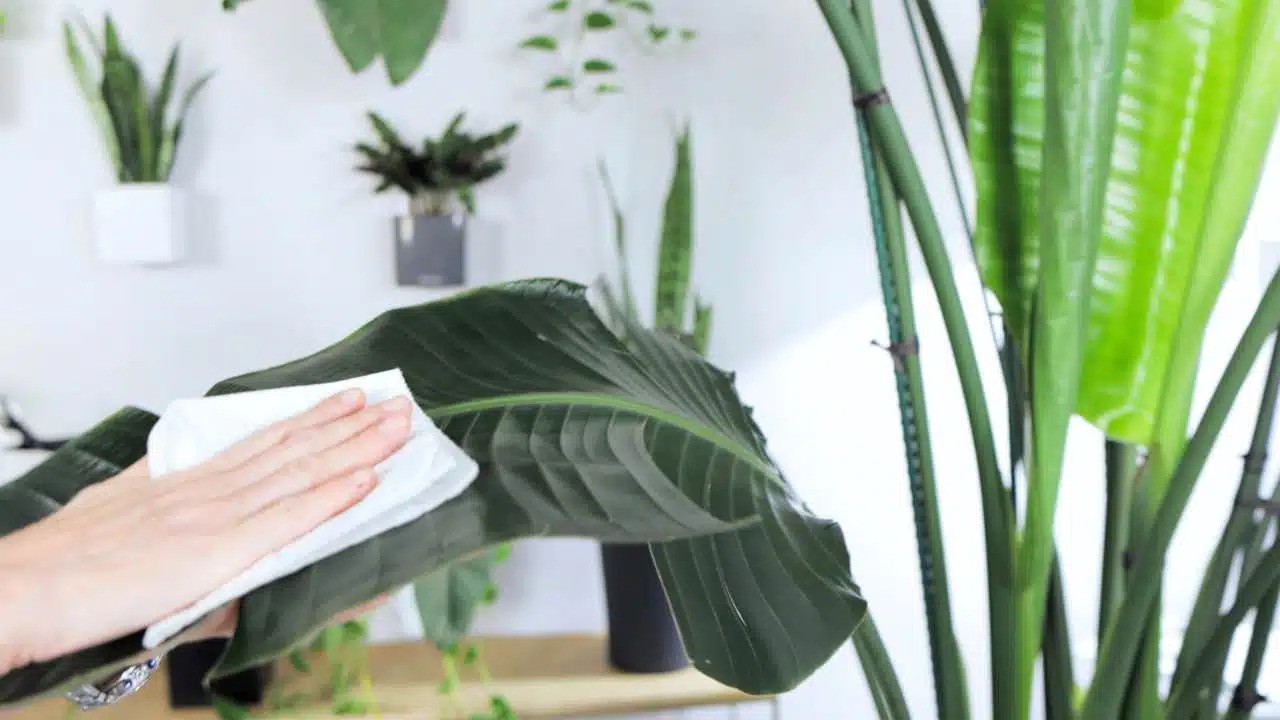
The Bird of Paradise (Strelitzia reginae), with its striking, crane-like flowers and lush foliage, is a showstopper in any indoor garden. Bringing a touch of the tropics to your home, this plant isn’t as demanding as its exotic appearance might suggest. Whether you’re a seasoned plant parent or a beginner, this guide will help you keep your Bird of Paradise thriving.
Understanding Your Bird of Paradise: The Basics
Before diving into care, it’s helpful to understand your plant’s needs and preferences:
- Natural Habitat: Native to South Africa, the Bird of Paradise thrives in warm, sunny climates with well-draining soil.
- Growth Habit: Indoors, it can reach heights of 5-6 feet, with large, paddle-shaped leaves that fan out.
- Blooming: While blooming indoors can be a bit trickier, mature plants (usually 5+ years old) can produce vibrant orange and blue flowers under the right conditions, especially when cultivated alongside espalier fruit trees in urban gardening.

Key Elements for Indoor Success:
- Light:
- Essential for Growth & Blooms: Bird of Paradise thrives in bright, indirect light. A south or west-facing window is ideal.
- Tolerates Lower Light: It can adapt to medium light but may grow slower and produce fewer flowers.
- Avoid Harsh, Direct Sun: Too much direct sunlight can scorch the leaves.
- Watering:
- Consistent Moisture: Keep the soil evenly moist but never soggy. Overwatering is a common issue.
- Check Before Watering: Stick your finger into the soil; if the top inch is dry, it’s time to water.
- Water Thoroughly: When you water, do it thoroughly until it drains from the bottom of the pot.
- Seasonal Adjustments: Reduce watering slightly in winter as the plant’s growth slows.
- Humidity:
- Tropical Plant: Birds of Paradise enjoy moderate to high humidity (50% or higher).
- Boosting Humidity:
- Misting: Mist the leaves regularly with a spray bottle.
- Pebble Tray: Place the pot on a tray filled with pebbles and water.
- Humidifier: If your home is dry, use a humidifier.
- Temperature:
- Warmth is Key: They prefer temperatures between 65-85°F (18-29°C).
- Protect from Drafts: Keep away from cold air drafts and heat vents.
- Soil & Fertilizer:
- Well-Draining Soil: Use a rich, well-draining potting mix. A mix designed for houseplants is ideal.
- Regular Feeding: Fertilize monthly during spring and summer with a balanced liquid fertilizer. Reduce or stop fertilizing in fall and winter.
Repotting & Maintenance:
- Repotting: Repot every 2-3 years in spring, using a pot that’s slightly larger than the current one.
- Pruning: Remove yellowing or damaged leaves. If your plant becomes too tall, you can prune the stems, but be aware that this might delay blooming.
- Cleaning: Regularly dust the leaves with a damp cloth to keep them healthy and shiny.
Troubleshooting Common Issues:
- Yellowing Leaves: Usually indicates overwatering. Allow the soil to dry out more between waterings.
- Brown Leaf Tips: Could be due to dry air. Increase humidity.
- No Flowers: This is often caused by insufficient light or the plant being too young.
Bird of Paradise Varieties to Consider:
- Strelitzia reginae: The classic orange and blue Bird of Paradise.
- Strelitzia nicolai: The giant white Bird of Paradise, known for its massive size.
- Strelitzia juncea: Unique for its reed-like leaves.
A Note on Toxicity: The Bird of Paradise is mildly toxic to pets and humans if ingested, so keep it out of reach of curious children and animals.
With the right care, your Bird of Paradise will reward you with its vibrant foliage and, if you’re lucky, its spectacular blooms. This dramatic plant is sure to make a statement in your indoor oasis.





